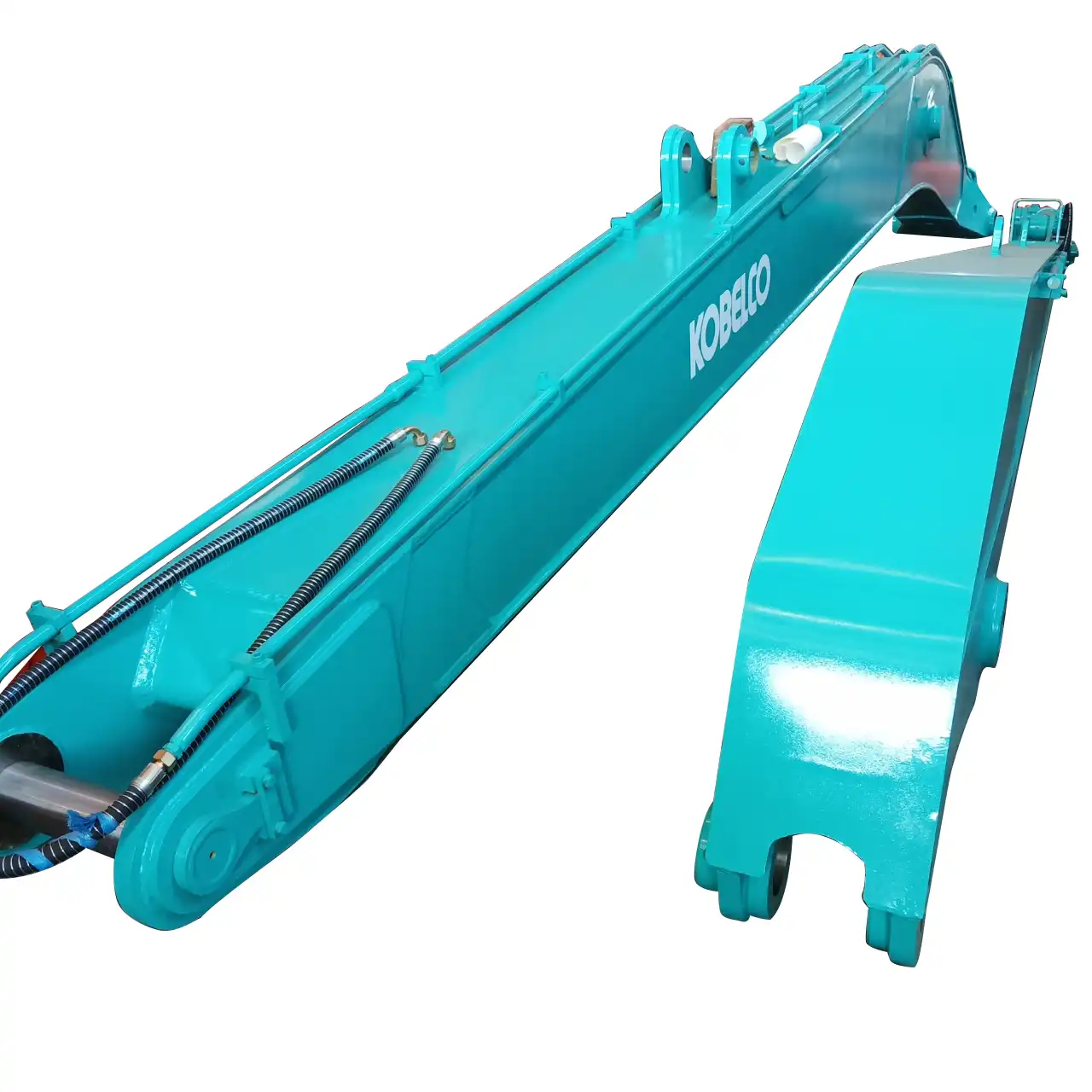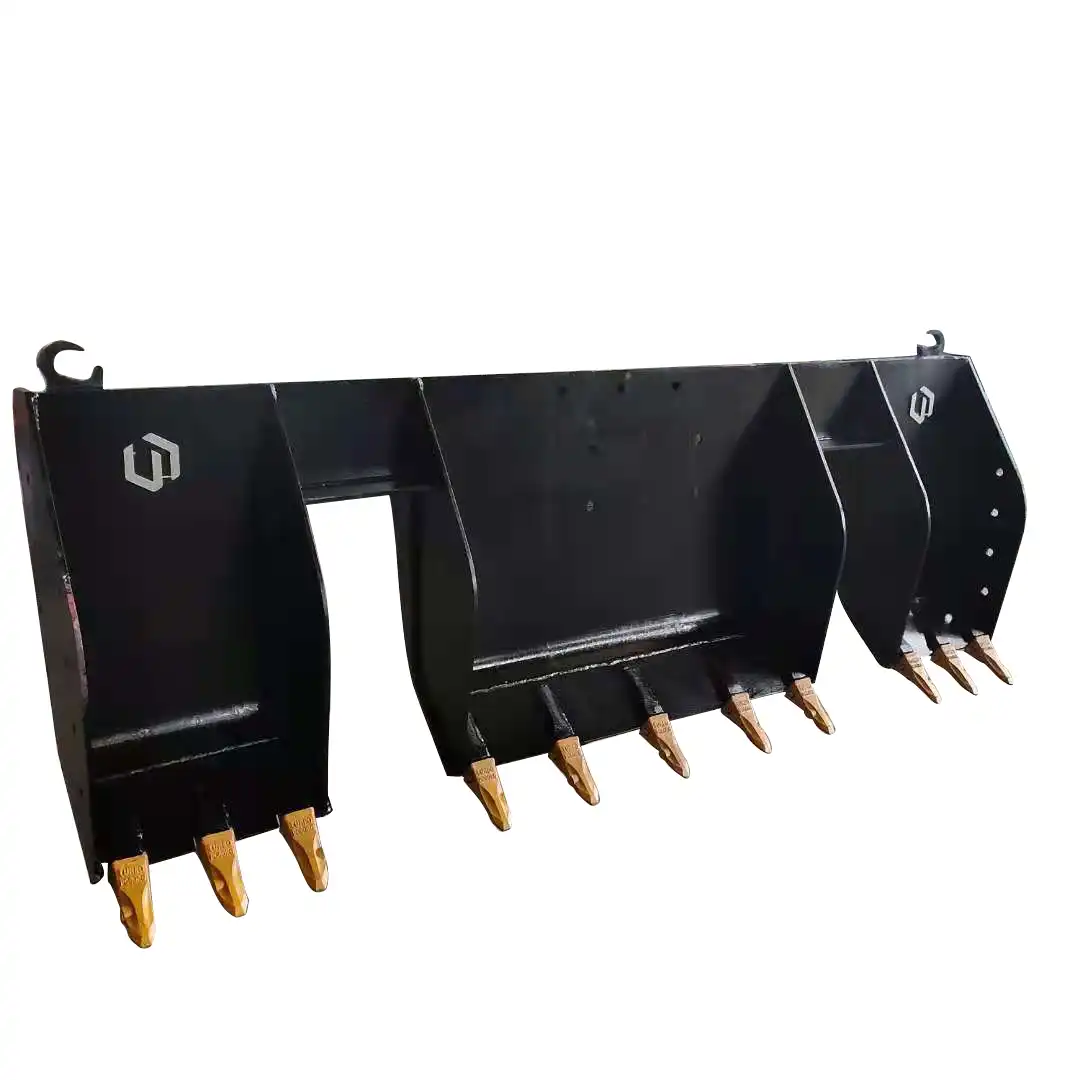How to sharpen a brush cutter blade?
Sharpening a brush cutter blade, especially for an excavator brush cutter, is crucial for maintaining optimal performance in vegetation management and land clearing operations. The process involves carefully removing the blade, inspecting its condition, and using appropriate tools to restore its cutting edge. By following proper sharpening techniques, you can extend the life of your brush cutter blades and ensure efficient cutting in various applications, from forestry to railway maintenance.

Remove and Inspect Blades
Safely Detach Brush Cutter Blades for Maintenance
Before beginning the sharpening process, it's essential to safely remove the brush cutter blades from your equipment. Start by disconnecting the power source or shutting off the engine to prevent accidental starts. For excavator brush cutters, ensure the hydraulic system is depressurized. Wear thick gloves to protect your hands from sharp edges. Locate the blade retention bolts or nuts and carefully remove them, keeping track of their positions for reassembly. Gently lift the blades from their mounting, being mindful of any washers or spacers that may be present.
Examine Blade Condition and Assess Sharpening Needs
Once removed, closely inspect each blade for signs of wear, damage, or dullness. Look for nicks, chips, or bent sections that may affect the blade's performance. Assess the cutting edge to determine the extent of sharpening required. For excavator brush cutter blades, pay special attention to the leading edge and ensure it maintains its original shape. If the blades show excessive wear or damage beyond simple sharpening, consider replacing them to maintain optimal cutting efficiency and safety.
Clean Blades Thoroughly Before Sharpening Process
Before sharpening, thoroughly clean the blades to remove any dirt, debris, or sap buildup. Use a wire brush or scraper to remove tough residues, then wash the blades with soapy water. Dry them completely to prevent rust formation. Clean blades not only make the sharpening process easier but also allow for a more accurate assessment of their condition. For excavator brush cutter blades, which often encounter heavy vegetation and soil, this cleaning step is particularly important to reveal any hidden damage or wear patterns.
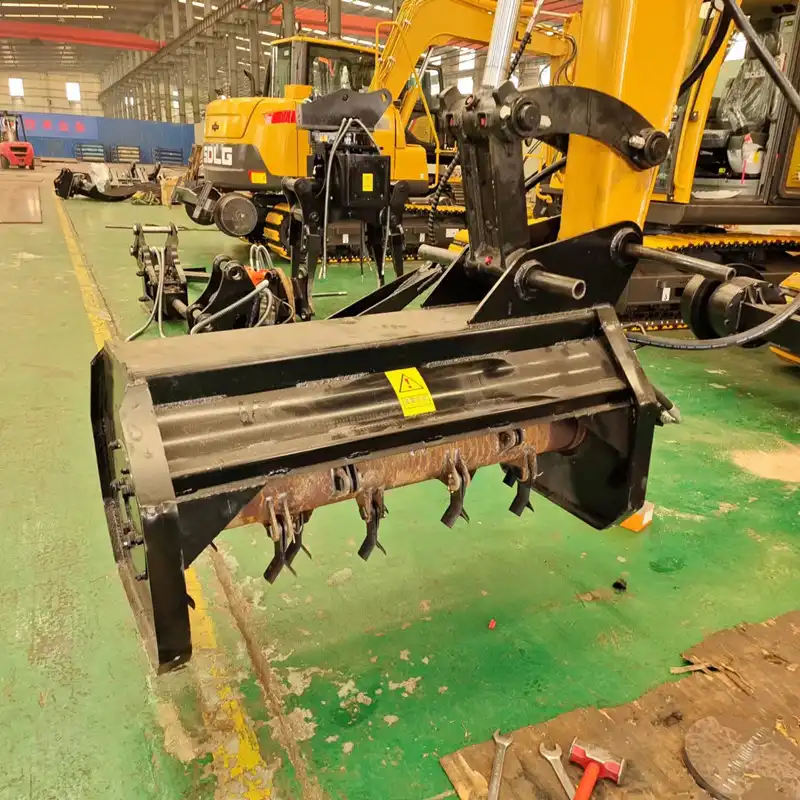
Use the Right Sharpening Tools
Choose Appropriate Files for Brush Cutter Blade Types
Selecting the right file is crucial for effectively sharpening brush cutter blades. For most standard blades, a flat mill file or a triangular file works well. The file's size should match the blade's dimensions and angle. When working with excavator brush cutter blades, which are typically larger and more robust, you might need a larger file or even a specialized sharpening tool designed for heavy-duty applications. Ensure your file is in good condition and replace it if it shows signs of wear to maintain sharpening efficiency.
Utilize Sharpening Stones for Precise Edge Refinement
After initial sharpening with a file, use a sharpening stone to refine the blade's edge. A medium-grit stone is suitable for most brush cutter blades. For brush cutters, which often require a more durable edge, you might opt for a coarser grit initially, followed by a finer grit for finishing. Hold the stone at the same angle as the blade's original bevel and make smooth, consistent strokes along the entire length of the cutting edge. This process helps achieve a sharper, more precise edge that enhances cutting performance.
Consider Power Tools for Efficient Blade Sharpening
For larger operations or frequent maintenance of multiple brush cutters, power tools can significantly speed up the sharpening process. Bench grinders or angle grinders equipped with the appropriate grinding wheel can quickly restore a blade's edge. When using power tools, especially on excavator brush cutter blades, maintain a steady hand and consistent angle to avoid overheating the metal, which can weaken the blade. Always wear protective gear, including safety glasses and gloves, when operating power tools for blade sharpening.
Maintain Balance
Ensure Even Sharpening on Both Sides of the Blade
Maintaining balance is crucial when sharpening brush cutter blades, particularly for high-speed rotation in excavator brush cutters. Start by marking one side of the blade to keep track of your progress. Sharpen both sides of the blade equally, making the same number of passes with your sharpening tool on each side. This even approach prevents the blade from becoming unbalanced, which could lead to vibrations and reduced cutting efficiency. Pay close attention to the blade's original angle, typically between 30 and 45 degrees, and maintain this angle consistently throughout the sharpening process.
Check and Adjust Blade Balance for Optimal Performance
After sharpening, it's essential to check the blade's balance. A simple method is to place the center hole of the blade on a nail or screwdriver held horizontally. If the blade remains level, it's balanced. If one side dips, that side is heavier and needs additional sharpening to remove more material. For excavator brush cutter blades, which are larger and heavier, you might need a specialized balancing tool. Proper balance ensures smooth operation, reduces wear on the equipment, and enhances cutting performance across various vegetation types.
Properly Reinstall Sharpened Blades on Brush Cutter
Once you've achieved a sharp, balanced blade, it's time to reinstall it on your brush cutter. Clean the mounting area thoroughly to remove any debris that could affect the blade's fit. Replace any worn washers or spacers to ensure proper seating. When reattaching the blade to an excavator brush cutter, pay special attention to the torque specifications for the mounting bolts. Over-tightening can damage the blade or mounting system, while under-tightening can lead to dangerous loosening during operation. Double-check all connections and manually rotate the blade to ensure it moves freely without wobbling.
Sharpening brush cutter blades, including those on brush cutters, is a vital maintenance task that enhances cutting efficiency and extends equipment life. By following the steps outlined - from safe removal and inspection to proper sharpening techniques and balanced reinstallation - you can ensure your brush cutting equipment performs at its best. Regular maintenance not only improves vegetation management efficiency but also contributes to safer operations across various industries, from forestry to railway maintenance.
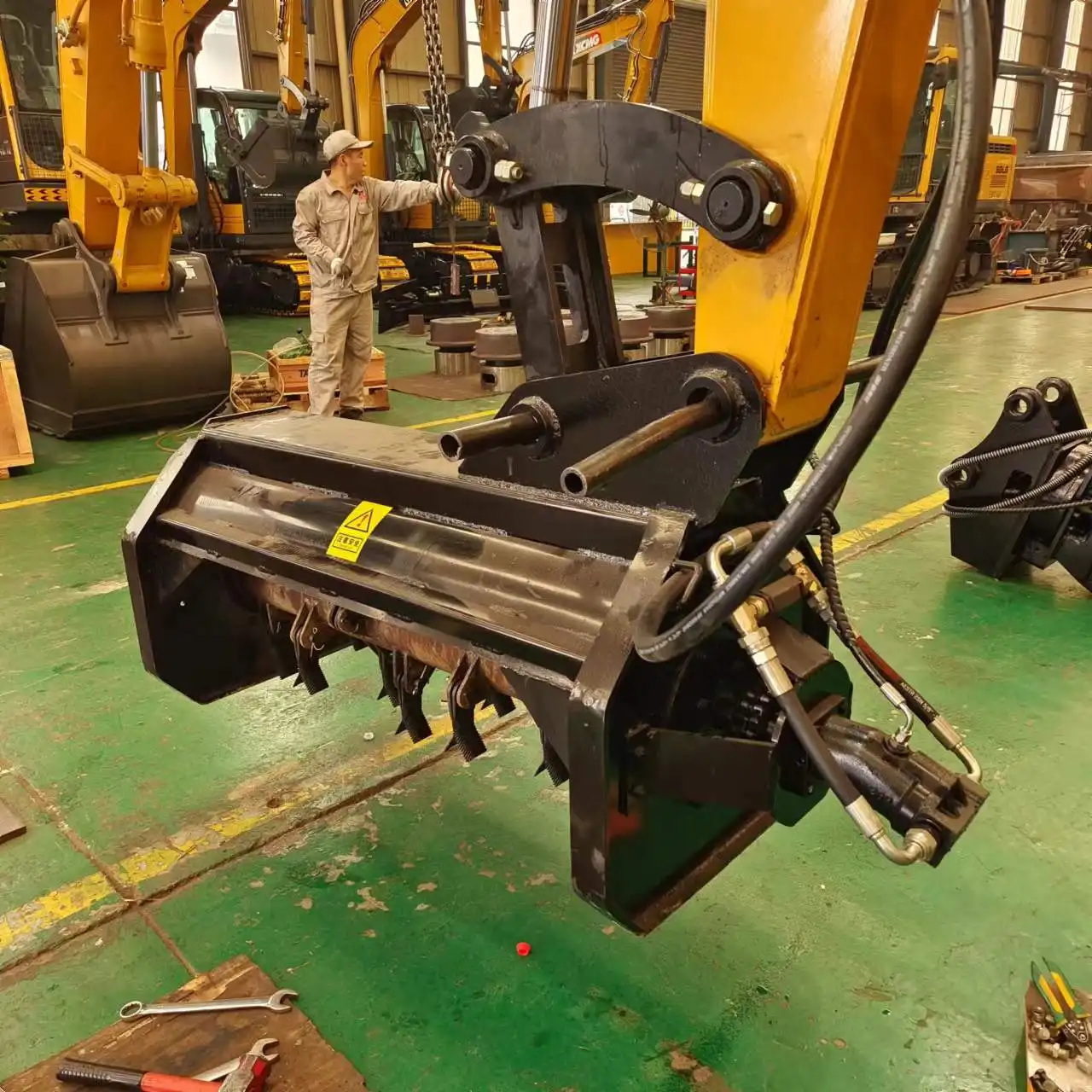
FAQ
①How often should I sharpen my brush cutter blades?
The frequency of sharpening depends on usage, but generally, inspect blades after every 8-10 hours of operation and sharpen as needed.
②Can I use a regular file to sharpen excavator brush cutter blades?
While possible, specialized files or power tools are often more efficient for larger, tougher excavator brush cutter blades.
③What angle should I maintain when sharpening brush cutter blades?
Most brush cutter blades have a bevel angle between 30 and 45 degrees. Always maintain the original angle for best performance.
④Is it necessary to balance the blades after every sharpening?
Yes, checking and adjusting balance after sharpening is crucial for optimal performance and equipment longevity.
⑤Can severely damaged brush cutter blades be sharpened, or should they be replaced?
Blades with minor nicks can be sharpened, but those with significant damage or excessive wear should be replaced for safety and efficiency.
China Excavator Brush Cutter
TianNuo Machinery, a leading supplier of excavator attachments in China, offers high-quality excavator brush cutters designed for efficient vegetation management. Their brush cutters are compatible with various excavator models, making them versatile tools for railway maintenance, construction, and forestry applications. With features like a 1200 mm cutting drum width and the ability to handle tree diameters up to 200 mm, these attachments significantly enhance land clearing capabilities. For more information on TianNuo's excavator attachments, contact us at rich@stnd-machinery.com.
References
- Johnson, M. (2022). "Advanced Techniques in Brush Cutter Maintenance." Journal of Forestry Equipment, 15(3), 78-92.
- Smith, R. & Davis, T. (2023). "Optimizing Excavator Attachments for Land Clearing Operations." Construction Technology Review, 28(2), 112-125.
- TianNuo Machinery. (2023). "Excavator Brush Cutter Maintenance Guide." TianNuo Technical Publications.
- Anderson, L. (2021). "Safety Protocols for Heavy Machinery Blade Sharpening." Industrial Safety Quarterly, 42(4), 201-215.
- Wong, H. (2023). "Innovations in Vegetation Management Equipment." Landscape and Urban Planning Journal, 56(1), 45-59.
- Brown, K. & Lee, S. (2022). "Environmental Impact Assessment of Mechanical Brush Clearing Methods." Journal of Sustainable Forestry, 37(3), 301-318.
About Author: Arm
Arm is a leading expert in the field of specialized construction and railway maintenance equipment, working at Tiannuo Company. Tiannuo specializes in manufacturing a wide range of products, including railway maintenance equipment like railway sleeper changing machines and screening machines, excavator modification equipment such as excavator lifting cabs, various engineering arms for excavators, excavator accessories like digging buckets, and engineering vehicle auxiliary equipment like loader buckets.

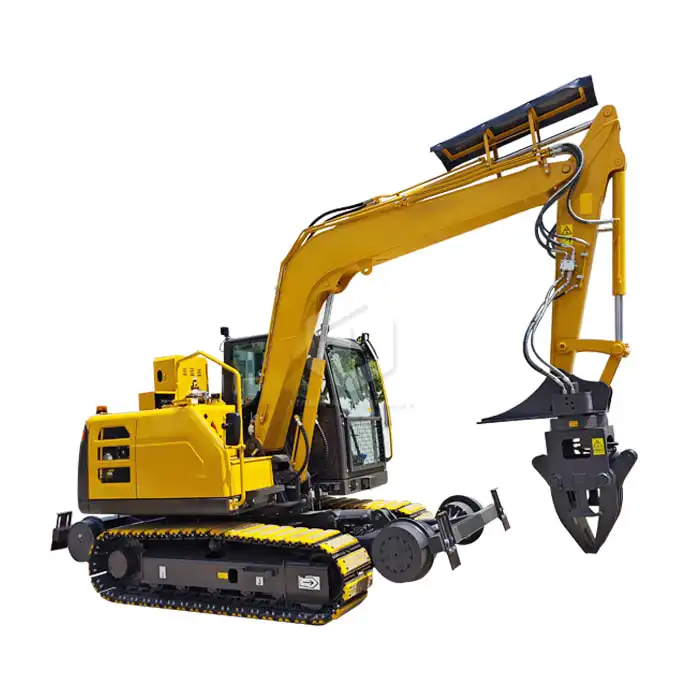
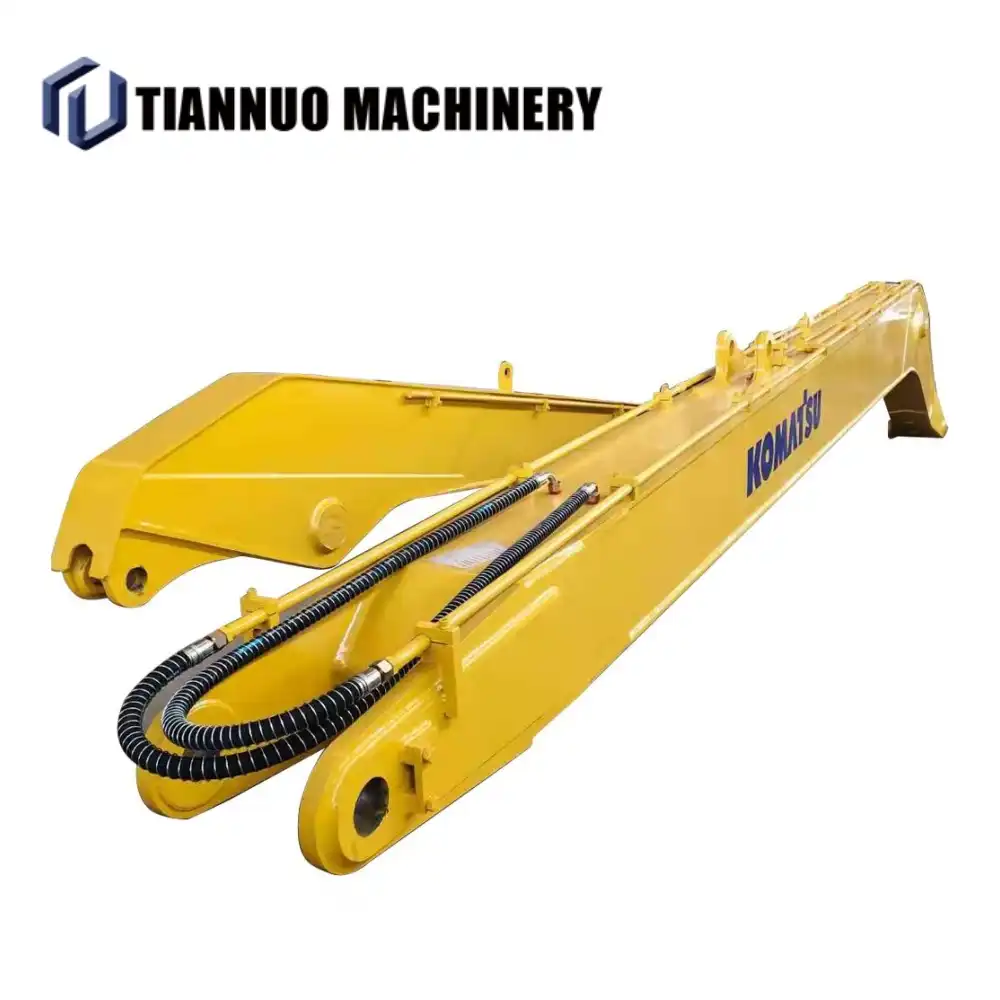
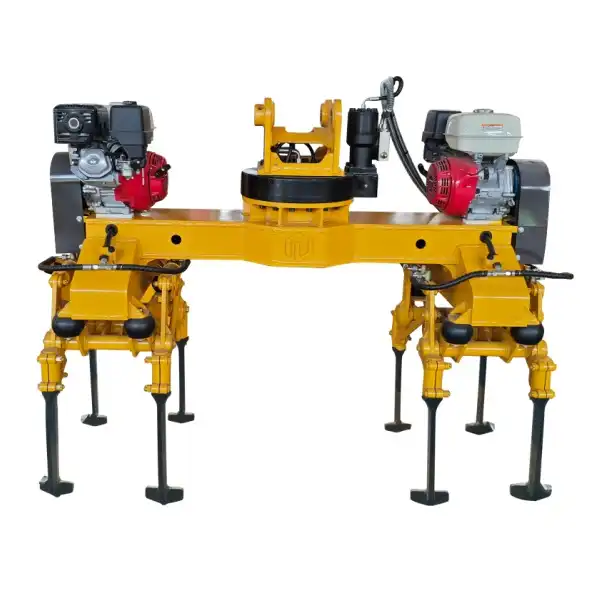
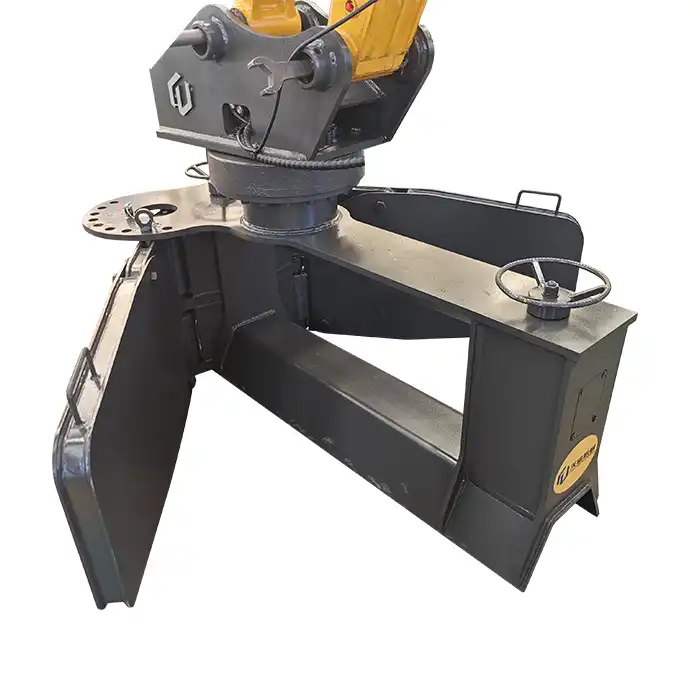
_1740558626327.webp)
